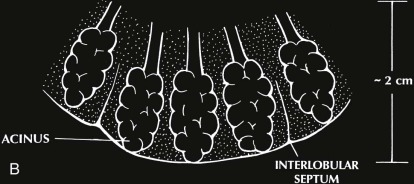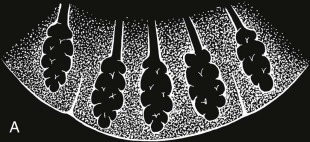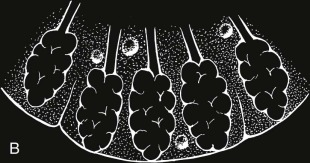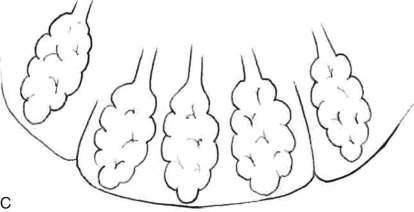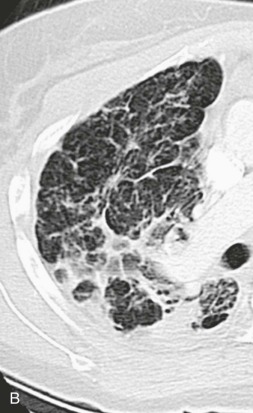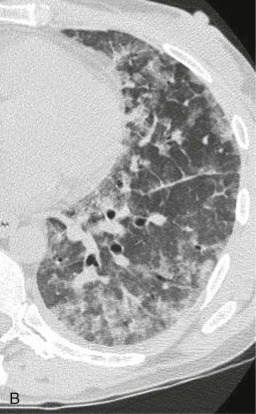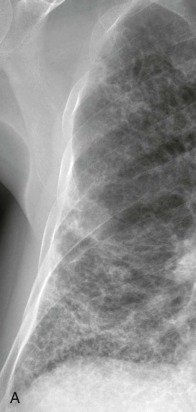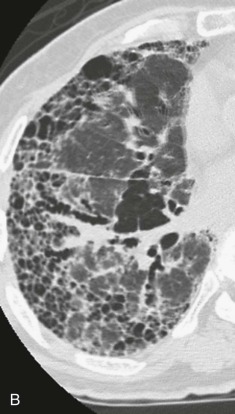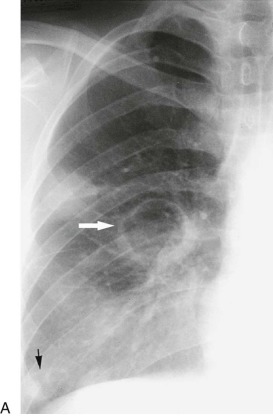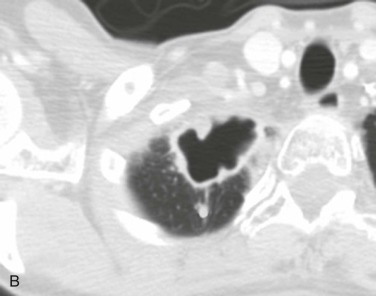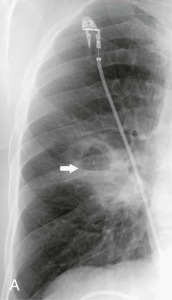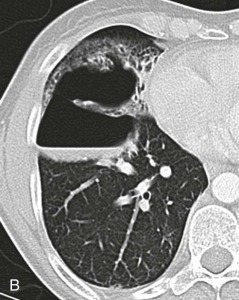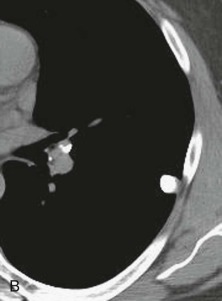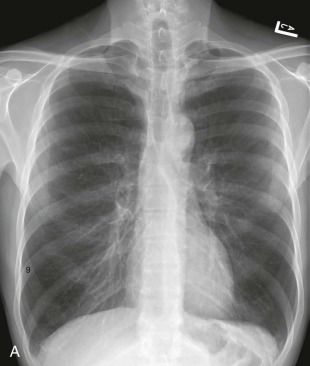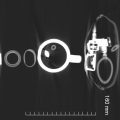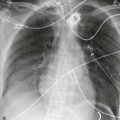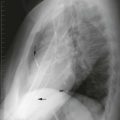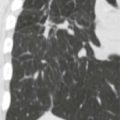We have already seen how disease can consolidate or collapse a segment or lobe. We now look at other patterns of diffuse and focal lung disease. The lung reacts to disease in a limited number of ways. The interstitium can thicken or thin, and the alveoli can fill with fluid or extra air. These changes may be focal or diffuse. They may be acute or chronic. This leads to 16 possible combinations: (interstitium = thick/thin), (alveoli = fluid/air), (location = focal/diffuse), (time = acute/chronic). Relax. We concentrate only on the most common combinations. These four basic variables help us analyze the chest x-ray and form a differential diagnosis.
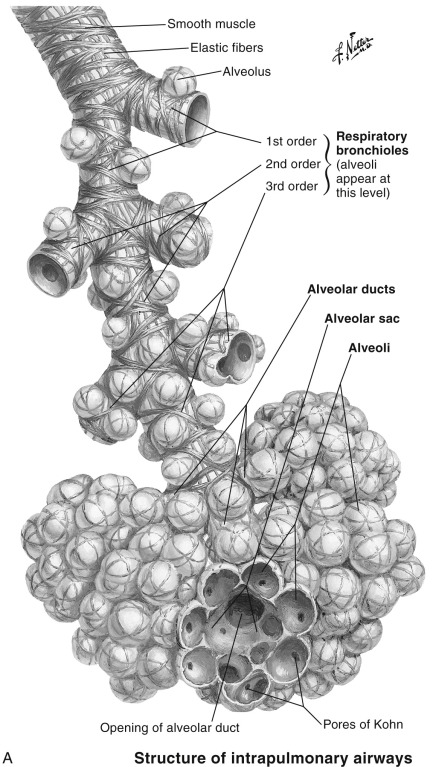
Netter illustration from www.netterimages.com . © Elsevier Inc. All rights reserved.
